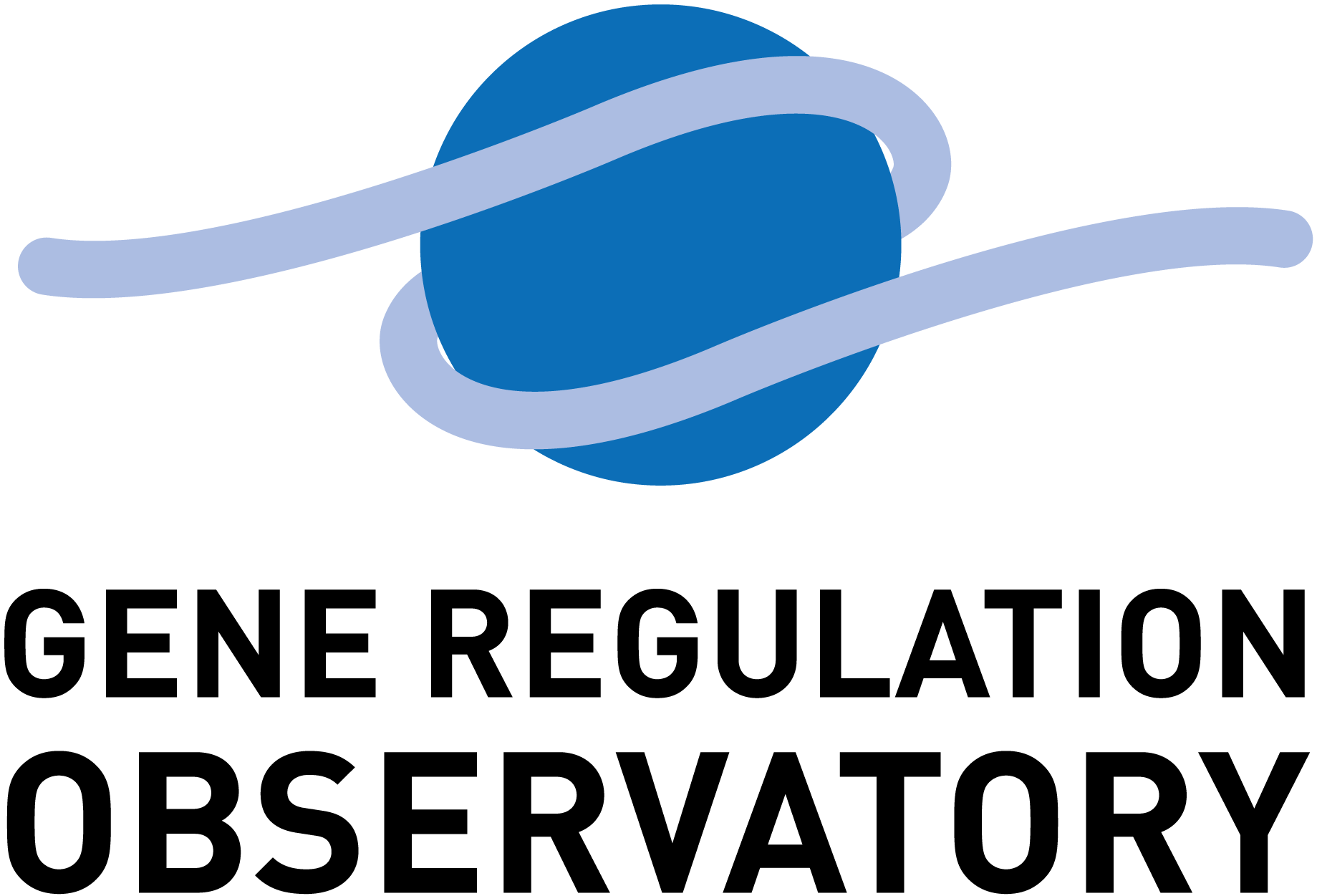Abstract
In biological systems, spatial organization and function are interconnected. Here we present photoselective sequencing, a new method for genomic and epigenomic profiling within morphologically distinct regions. Starting with an intact biological specimen, photoselective sequencing uses targeted illumination to selectively unblock a photocaged fragment library, restricting the sequencing-based readout to microscopically identified spatial regions. We validate photoselective sequencing by measuring the chromatin accessibility profiles of fluorescently labeled cell types within the mouse brain and comparing with published data. Furthermore, by combining photoselective sequencing with a computational strategy for decomposing bulk accessibility profiles, we find that the oligodendrocyte-lineage-cell population is relatively enriched for oligodendrocyte-progenitor cells in the cortex versus the corpus callosum. Finally, we leverage photoselective sequencing at the subcellular scale to identify features of chromatin that are correlated with positioning at the nuclear periphery. These results collectively demonstrate that photoselective sequencing is a flexible and generalizable platform for exploring the interplay of spatial structures with genomic and epigenomic properties.
